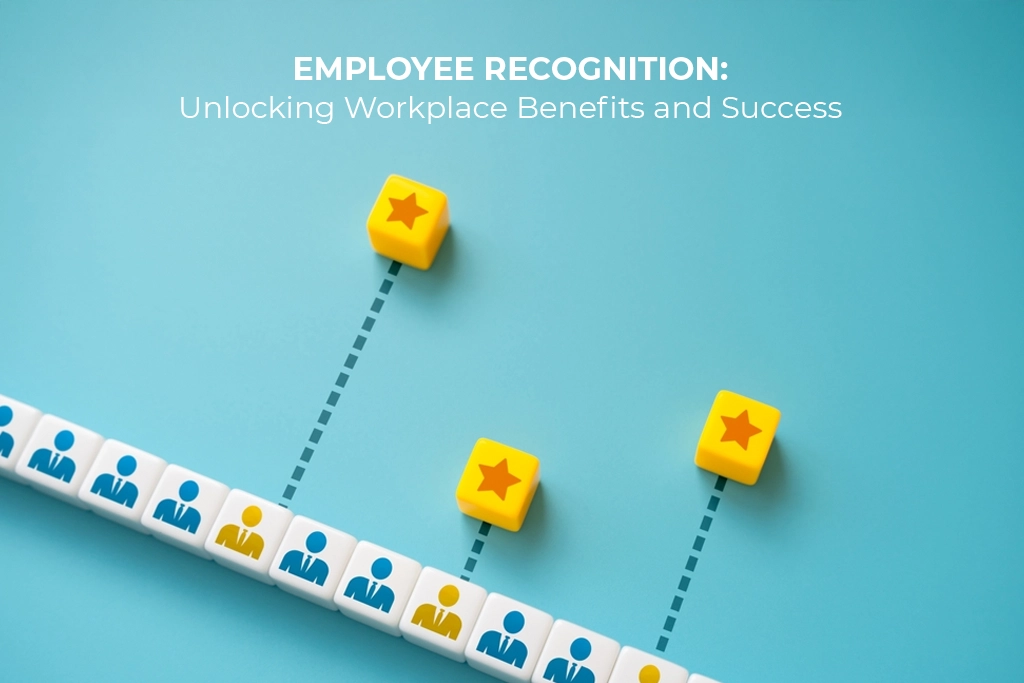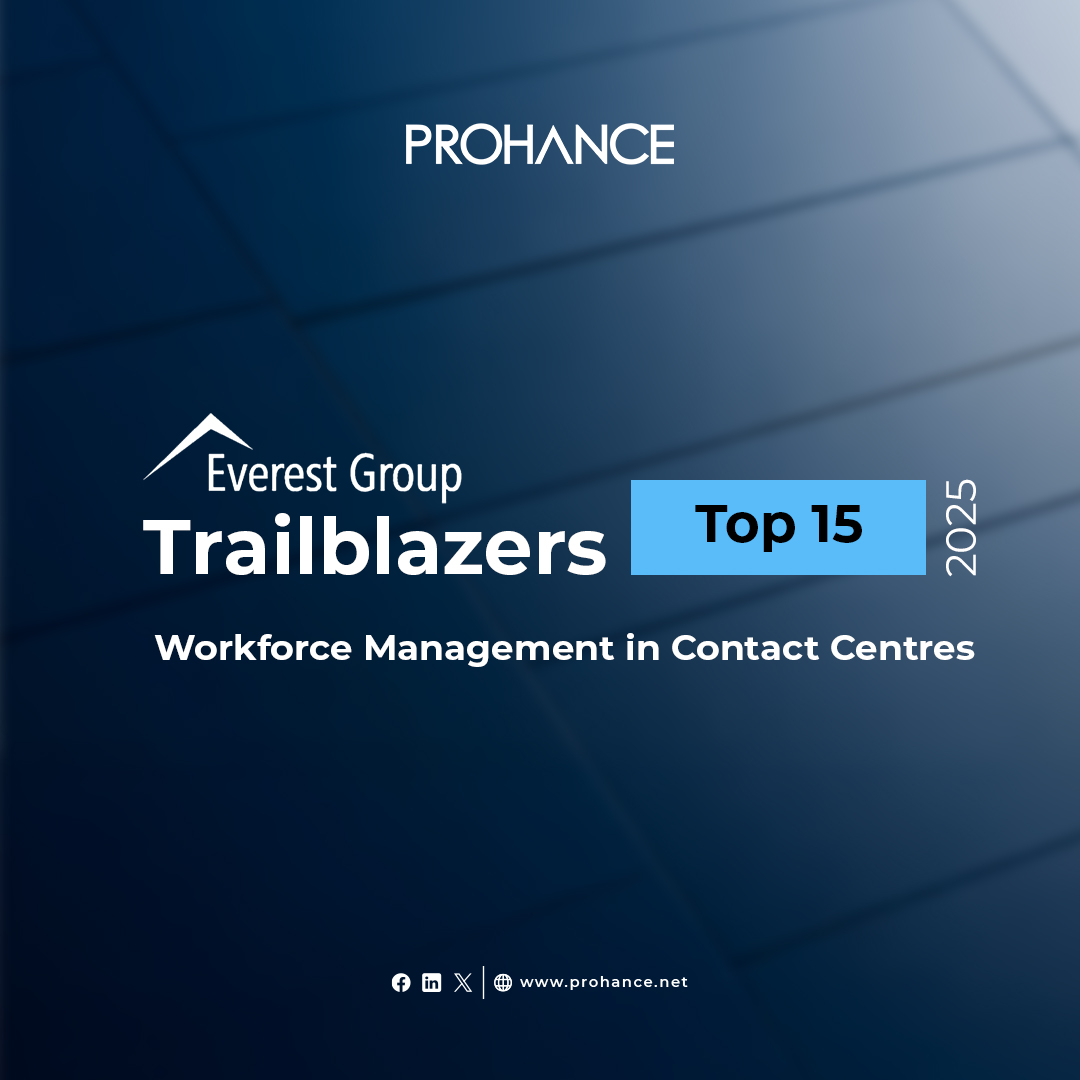Employee Recognition: Unlocking Workplace Benefits and Success
Table of Contents
- What is Employee Recognition?
- Why the Buzz Around Recognition Programs for Employees?
- The Hidden Mechanics of Workplace Recognition Programs
- Rewards and Recognition in the Workplace: Finding the Right Balance
- Implementing an Effective Recognition System for Employees
- Beyond the Program: Building a Culture of Recognition
- The Future of Workplace Recognition
- Wrapping Up
- FAQs
James had solved the database issue that had frustrated their team for nearly two years. “James didn’t just fix a problem,” Maria, the CEO, explained, handing him a trophy. “He completely reimagined our approach.” The thunderous applause that followed wasn’t just polite acknowledgment; it felt genuinely appreciative.
But what happened after that meeting proved even more fascinating. The next morning, three product managers were huddled around James, asking about his methodology. At lunch, a senior architect invited him to join their table. Within weeks, his collaborative approach had spread to other departments, breaking down silos that had existed for years. All because someone took a moment to shine a spotlight on excellent work.
That’s the importance of employee recognition – it doesn’t simply reward past performance. It creates ripples that expand outward, reshaping workplace dynamics and unlocking potential in unexpected ways.
What is Employee Recognition?
Employee recognition is acknowledging and appreciating the contributions and achievements of team members. However, effective rewards and recognition in the workplace go beyond the occasional “good job” email or annual performance bonus.
It’s a practice that communicates to employees that their work matters – to their colleagues, to leadership, and to the organization’s mission.
Why the Buzz Around Recognition Programs for Employees?
The question often arises: do employee recognition programs work? Research consistently suggests they do the following:
- 79% of employees say an increase in rewards would make them more loyal to their employer.
- 44% of employees planning to leave their jobs cite lack of recognition as the primary reason. (Zippia)
- 69% of employees are ready to put more effort if they feel their efforts are better appreciated.
These aren’t just feel-good metrics – they translate directly to bottom-line results through reduced recruitment costs, knowledge retention, and enhanced performance.
The Hidden Mechanics of Workplace Recognition Programs
What makes recognition truly effective? I’ve observed successful organizations focusing on these core elements:
- Timeliness: Recognition delivered close to the achievement has significantly more impact than delayed acknowledgment.
- Specificity: General praise like “great work” pales compared to acknowledgment that specifically identifies what was done well and why it matters.
- Alignment with values: The most powerful recognition reinforces behaviors that exemplify organizational values, creating a virtuous cycle.
- Visibility: While private recognition has its place, public acknowledgment amplifies impact by setting positive examples for others.
- Authenticity: People have remarkable radar for detecting insincere praise. Recognition must be genuine and proportional to the achievement.
Rewards and Recognition in the Workplace: Finding the Right Balance
The conversation around rewards and recognition programs for employees often focuses heavily on tangible incentives – gift cards, bonuses, and extra vacation days.
While these have their place, our work with hundreds of organizations suggests that the most successful programs blend:
- Monetary rewards: Financial incentives that reflect the organization’s appreciation of exceptional contributions
- Growth opportunities: Recognition that comes in the form of advancement, special projects, or skill development
- Experiential rewards: Memorable experiences that create lasting positive associations with achievement
- Social recognition: Public acknowledgment that satisfies our deeply human need for social status and belonging
The key is understanding that different employees are motivated by different types of recognition. What energizes a sales professional might leave a research scientist cold. Sophisticated recognition systems for employees allow for personalization while maintaining consistency and fairness.
Implementing an Effective Recognition System for Employees
If you’re looking to build or enhance your own recognition program, consider these steps:
- Analyze your current state: Use workforce analytics to understand existing recognition patterns and identify gaps. ProHance’s visibility tools can reveal which teams or departments might be recognition deserts.
- Align with strategic goals: Design recognition criteria that reinforce behaviors directly supporting your organization’s objectives.
- Empower managers: Equip supervisors with both resources and skills to deliver meaningful recognition. Many managers want to recognize effectively but lack tools or training.
- Leverage technology thoughtfully: Platforms like ProHance can automate recognition triggers based on performance data while maintaining the human touch in how recognition is delivered.
- Measure and refine: Identify the impact of your recognition efforts on key metrics like retention, engagement, and productivity. Be prepared to adjust your recognition approach based on results.
Beyond the Program: Building a Culture of Recognition
The most successful organizations don’t view recognition as a program but as a cultural cornerstone. When appreciation becomes embedded in daily interactions, the impact multiplies exponentially.
This culture-building happens when:
- Leaders model recognition behaviors consistently
- Recognition becomes a regular agenda item in team meetings
- Systems make it easy to acknowledge contributions in the moment
- Stories of exceptional work are collected and shared widely
- Analytics provide visibility into recognition patterns across the organization
With tools like ProHance that provide unprecedented visibility into workforce productivity and engagement patterns, organizations can move from sporadic recognition to systematic appreciation that transforms workplace culture.
The Future of Workplace Recognition
As we look ahead, several trends are reshaping how organizations approach employee recognition. Gone are the days of annual recognition ceremonies and generic gift cards. Today’s workplace recognition landscape is evolving in fascinating ways:
Datafication: Imagine knowing exactly when an employee has exceeded expectations, not just through subjective opinions but through concrete performance metrics.
Personalization: Think about receiving a gift that perfectly matches your interests versus a standard corporate mug.
Integration: Recognition no longer feels like an afterthought.
Democratization: Recognition now flows in all directions – peers celebrate peers, teams acknowledge leaders and frontline workers can spotlight executives who embody company values.
Companies embracing these trends by using sophisticated workforce analytics platforms like ProHance are creating workplaces where people genuinely want to stay, grow, and excel.
Wrapping Up
Build more than just another employee program. ProHance helps to cultivate a workplace where achievements, large and small, receive the spotlight they deserve and where celebrations feel authentic rather than obligatory. A good workplace is where everyone walks through the door each morning feeling truly seen and valued for who they are and what they contribute.
FAQs
What are some good examples of employee recognition programs that work?
Drawing from our experience with various organizations, here are some recognition approaches that consistently deliver results:
- Peer-to-Peer Recognition: Colleagues give each other shout-outs for great work, building a supportive, team-oriented vibe.
- Milestone Celebration System: Cheers for big moments like work anniversaries or finishing a major project, making employees feel valued.
- Real-Time Recognition & Appreciation: Instant kudos for a job well done, keeping folks motivated and appreciated on the spot.
Values-Based Award System: Honors people for living out the company’s core values, connecting their efforts to what matters most.
Why does employee recognition matter?
It shows people their work counts, boosting morale, loyalty, and productivity while making the workplace feel more human.
How often should recognition happen?
Regularly! Timely shout-outs, whether daily or weekly, hit harder than waiting for annual reviews.






